France is not short of stunning monuments but how many of you have visited, or even heard of the Belfry in the town of Arras?
Not only is it part of an Unesco World Heritage site but the striking building is also the new owner of the title “France’s favourite monument 2015”.
It was crowned the winner of the award on France 2 TV on Tuesday night as the programme “Le Monument prefere des Francais” reached a climax.
The Belfry in Arras saw off some stiff competition from some of the country's most treasured but perhaps least heard of landmarks.
Around 130,000 votes were cast but the Belfry came out the clear winner, thanks in part to a huge social media campaign.
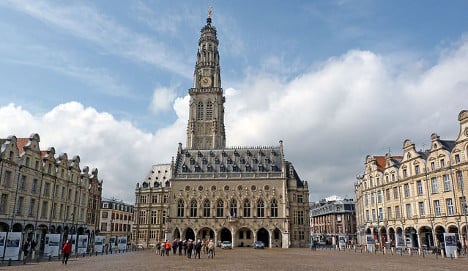
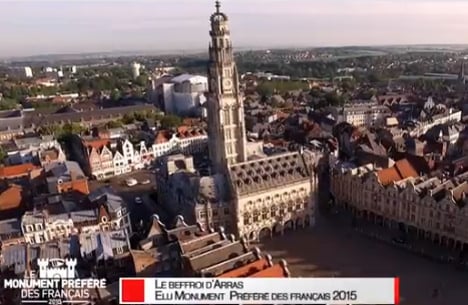
“This award is a great pride for the town,” said the mayor of Arras Frédéric Leturque. “In the northern cities the Belfry plays a particular role, it is the symbol of the Republic and democracy. The monument is in the heart of the city and the life of the city takes place around it.
“It’s a wonderful recognition that will enhance social cohesion.”
Presenter of the show Stéphane Bern hopes the award will boost tourism in Arras, pointing out that up until the town is often just a place visitors pass through.
The Town Hall hopes the publicity surrounding the Belfry will persuade people to at least spend a night in the town.
The decision to build the Belfry was taken back in 1463, but it was not completed until 91 years later. The 75-metre Gothic tower stands above the Town Hall in Arras and peers over the town’s famous Place des Héros.
The Belfry was destroyed by bombs in 1914 but it was rebuilt “brick by brick” by the determined people of Arras.
Visitors who are not fearful of heights can climb to the top of the Belfry to get magnificent views over Arras and the nearby countryside.
In second place came the spectacular Roman Catholic Cathedral in Puy-en-Velay, in the Auvergne region of central France. In 1998 it was made part of an Unesco World Heritage site that came under the umbrella of pilgrimage sites in France on the way to Santiago de Compostela.
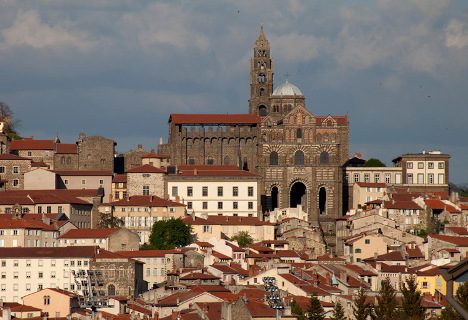
And in third place was the Gare Maritime de Cherbourg, located at the top of Cotentin peninsular in Normandy, that used to be the end of the rail line from Paris Gare St Lazare. In its hey day thousands of passengers would disembark boats and head into the French capital by train, via the Gare Maritime.

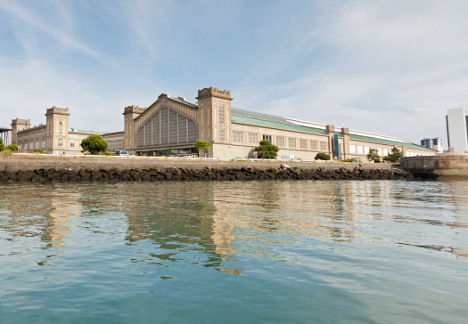
And in fourth were the medieval ramparts around the Brittany town of St Malo that protect the town from the sea. The ramparts are one of the reasons St Malo is such a popular tourist attraction.
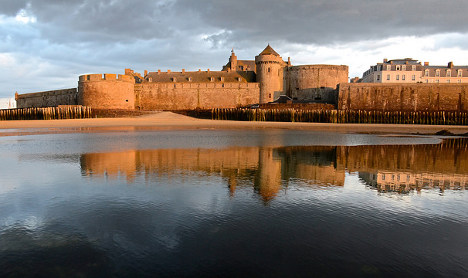
(Photo: Corinne Queme/Flickr)
And lastly, here is the winner from last year's Favourite French Monument, the Monastère royal de Brou in Bourg-en-Bresse, south east France.
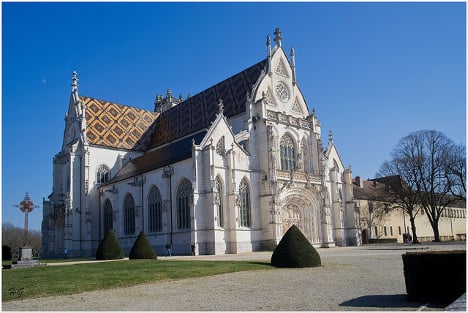
The programme was hit by tragedy earlier this year when a girl died during the filming of the show at the CapFerret lighthouse.
As a result the lighthouse on the Atlantic coast was withdrawn from the running.
A full list of the entries is below.
– ALSACE / Le Palais Rohan – Strasbourg
– AUVERGNE / La cathédrale Notre-Dame – Le Puy-en-Velay
– BASSE-NORMANDIE / La Gare Maritime Transatlantique – Cherbourg
– BOURGOGNE / Le château de Bazoches
– BRETAGNE / Les remparts de Saint-Malo
– CENTRE / Le château d’Ussé – Rigny-Ussé
– CHAMPAGNE-ARDENNE / La Croix de Lorraine et le Mémorial Charles de Gaulle
Colombey-Les-Deux-Eglises
– CORSE / La citadelle de Calvi – Calvi
– FRANCHE-COMTE / La chapelle Notre-Dame-du-Haut de Le Corbusier – Ronchamp
– HAUTE-NORMANDIE / L’Abbaye de Jumièges – Jumièges
– ILE-DE-France / L’Hôtel national des Invalides – Paris
– LANGUEDOC-ROUSSILLON / Le canal de la Robine – Narbonne
– LIMOUSIN / Le château et Haras national de Pompadour – Arnac-Pompadour
– LORRAINE / Le Moulin de la Blies – Musée des techniques faïencières – Sarreguemines
– MIDI-PYRÉNÉES / Le viaduc de Millau – Millau
– NORD-PAS-DE-CALAIS / Le beffroi d’Arras
– PAYS-DE-LA-LOIRE / Le passage Pommeraye – Nantes
– PICARDIE / Le baliseur Somme II – Saint-Valery-sur-Somme
– POITOU-CHARENTES / La place forte de Brouage – Hiers-Brouage
– PROVENCE-ALPES-CÔTE-D’AZUR / La basilique Notre-Dame-de-la-Garde – Marseille
– RHONE-ALPES / La caverne du Pont d’Arc – Vallon-Pont-d’Arc

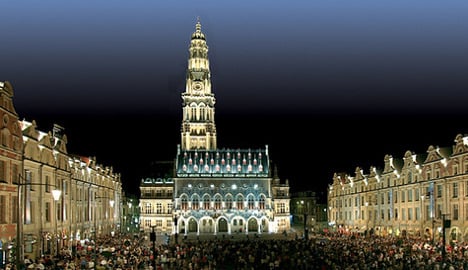
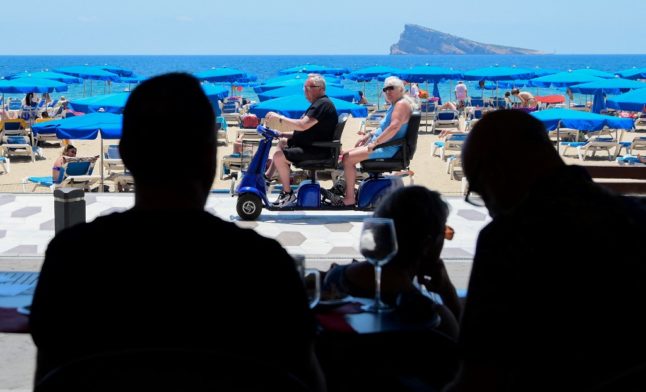
 Please whitelist us to continue reading.
Please whitelist us to continue reading.
Member comments